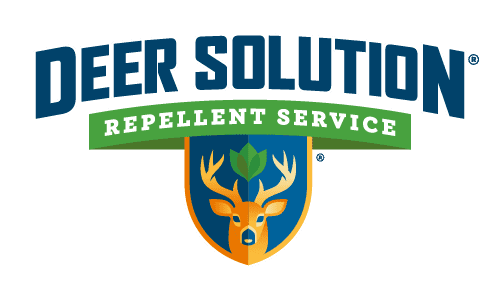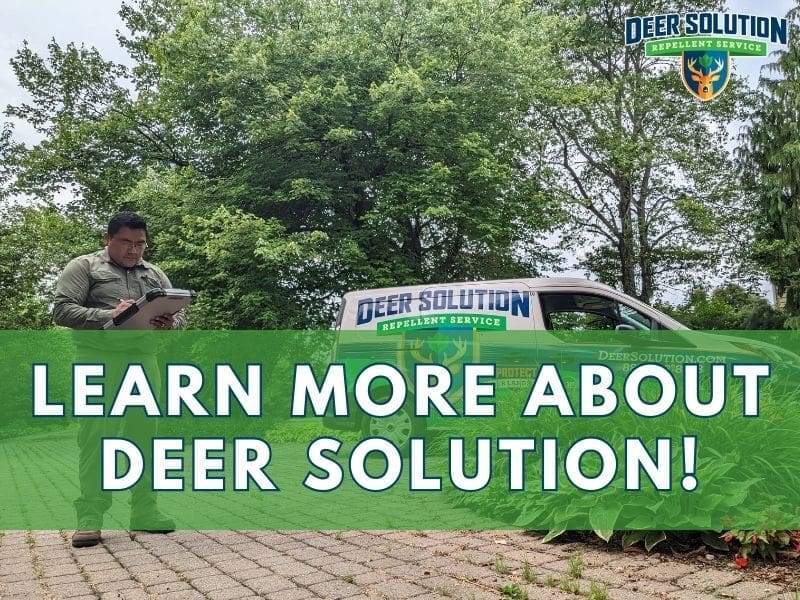Monmouth County, New Jersey, is currently facing a critical environmental and safety challenge due to the overpopulation of deer. This issue manifests in various forms, impacting road safety, agriculture, public health, and the local ecosystem.
The Rising Trend in Deer-Related Vehicle Accidents
In recent years, Monmouth County has seen a dramatic increase in deer-related vehicle accidents.
According to Patch.com, the county led New Jersey with 999 deer hit by cars in one year. This surge in accidents is not only a matter of public safety but also leads to significant financial implications in terms of vehicle repairs and medical costs.
The majority of these incidents occur during the fall, coinciding with the deer mating season, which sees an increase in deer activity and mobility.
Impact on Local Agriculture
The deer overpopulation has a direct and substantial impact on agriculture in Monmouth County. As reported by Rutgers Cooperative Extension, farmers suffer considerable economic losses due to crop damage and landscape destruction caused by deer.
This situation threatens the sustainability and profitability of local farming, which is a key component of the county’s economy. The challenge lies in balancing the need to control deer populations while ensuring ethical and humane treatment of wildlife.
Public Health Concerns
Deer overpopulation also raises significant public health concerns. Increased interactions between deer and humans, particularly in suburban and rural areas, elevate the risk of Lyme disease and other deer-related illnesses.
The health implications extend beyond direct physical harm; they also involve the psychological impact on communities experiencing frequent deer accidents and the fear of disease transmission.
Ecological Imbalance
From an ecological perspective, the overabundance of deer in Monmouth County disrupts the natural balance of local ecosystems. Deer overpopulation leads to overgrazing, which in turn affects the regeneration of forests and the survival of various plant species.
This ecological imbalance has a cascading effect on other wildlife, altering habitats and food chains.
Addressing the Challenge
Tackling the deer overpopulation issue in Monmouth County requires a multi-faceted approach. It involves the implementation of effective deer management programs, community education on avoiding deer collisions, and strategies to mitigate agricultural damage.
Collaboration between local authorities, wildlife experts, and the community is essential to develop sustainable solutions that address both the ecological and human dimensions of this problem.
The deer overpopulation in Monmouth County presents a complex challenge that affects various aspects of life and the environment. It calls for strategic and thoughtful solutions that balance public safety, agricultural interests, and ecological preservation.
As the county moves forward, it will be crucial to monitor the effectiveness of implemented strategies and adapt them as necessary to ensure the well-being of both the community and the local wildlife.










